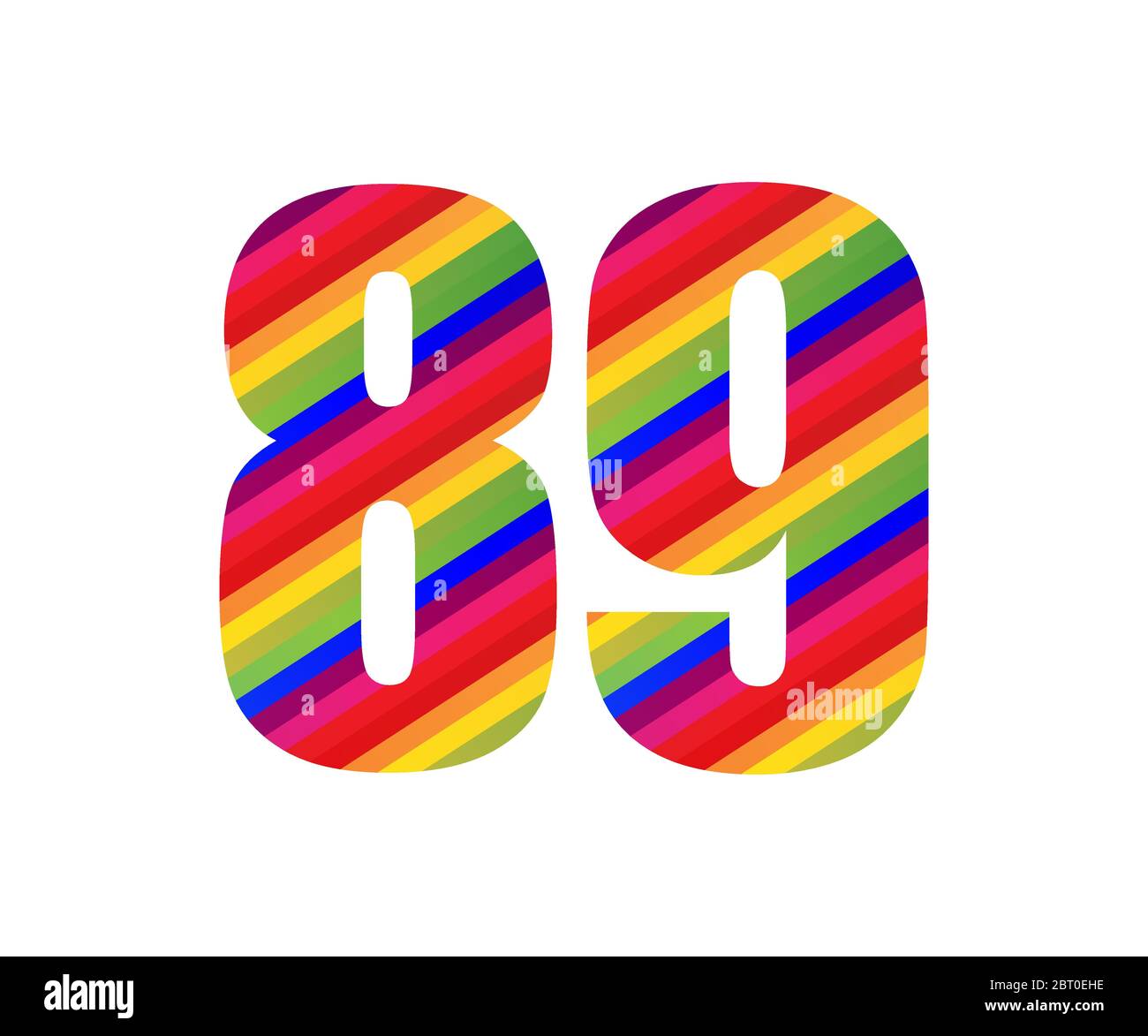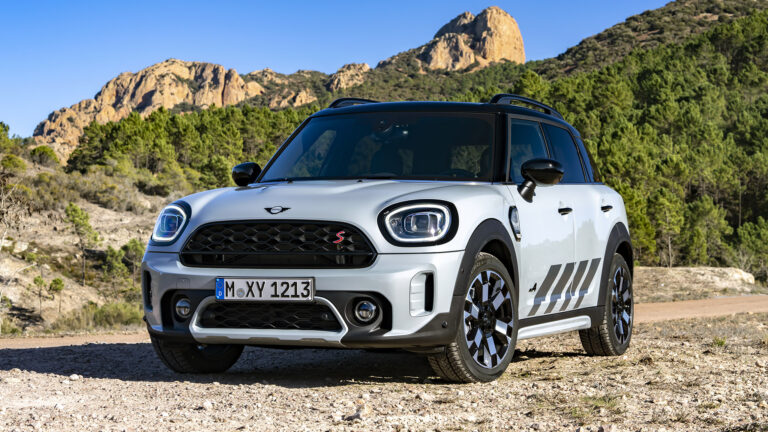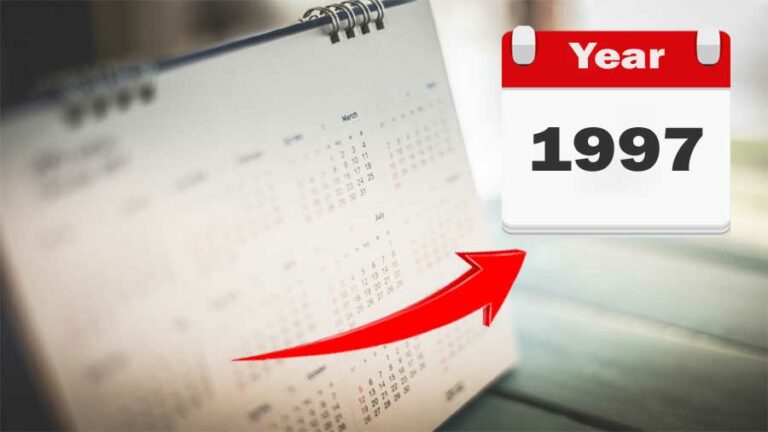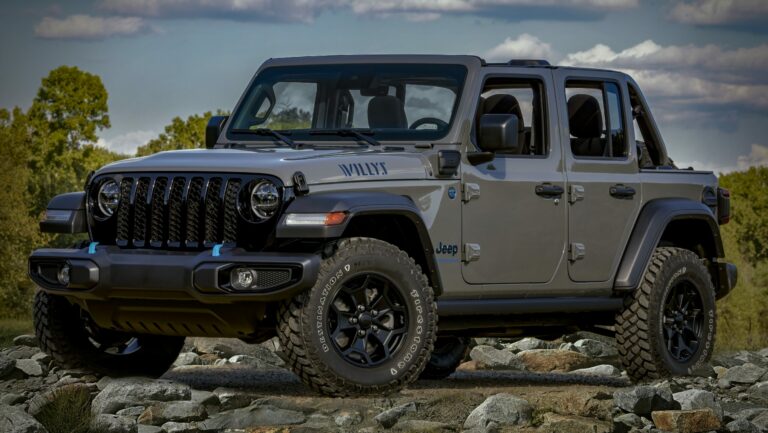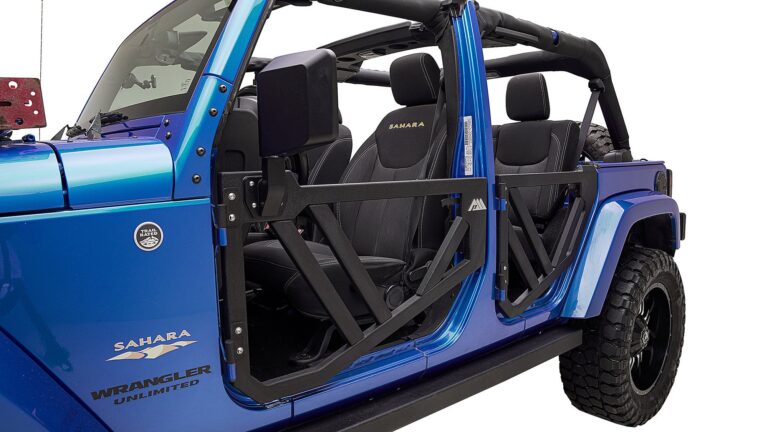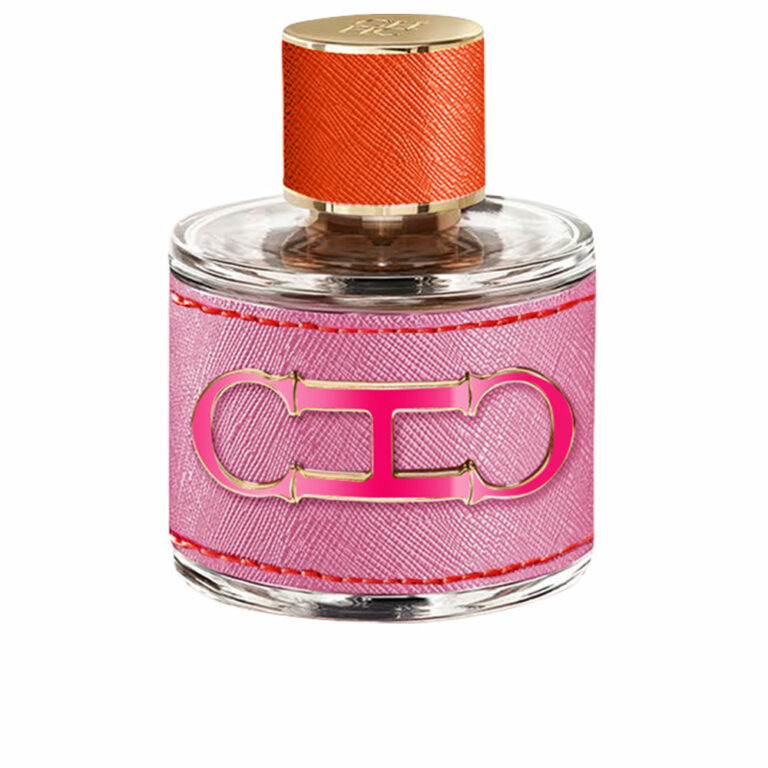89 Jeep Wrangler For Sale: Your Comprehensive Guide to Finding and Owning a Classic YJ
89 Jeep Wrangler For Sale: Your Comprehensive Guide to Finding and Owning a Classic YJ /jeeps.truckstrend.com
The phrase "89 Jeep Wrangler For Sale" isn’t just a search query; it’s a gateway to a world of classic American ruggedness, open-air freedom, and a vibrant community of enthusiasts. The 1989 Jeep Wrangler, part of the iconic YJ generation (1987-1995), holds a special place in the hearts of off-roaders and vintage vehicle collectors alike. With its distinctive square headlights – a controversial but now beloved feature – and a reputation for simplicity and durability, the ’89 YJ represents a significant chapter in Jeep’s storied history.
In an era dominated by increasingly complex and technologically advanced vehicles, the ’89 Wrangler stands out as a testament to straightforward mechanical design and unadulterated driving pleasure. Whether you’re a seasoned Jeeper looking for a new project, a first-time off-roader seeking an affordable entry point, or simply someone yearning for a slice of automotive nostalgia, finding an ’89 Jeep Wrangler for sale can be an incredibly rewarding endeavor. This comprehensive guide will walk you through everything you need to know about acquiring, assessing, and enjoying one of these timeless machines.
89 Jeep Wrangler For Sale: Your Comprehensive Guide to Finding and Owning a Classic YJ
The Enduring Appeal of the 1989 Jeep Wrangler (YJ)
The YJ series marked a significant evolution for the Wrangler, succeeding the CJ series while retaining its core identity as an open-top, go-anywhere vehicle. The 1989 model year, in particular, showcases the YJ’s most recognizable features and its foundational engineering.
Key Characteristics of the ’89 YJ:
- Square Headlights: Perhaps its most polarizing and defining visual cue, differentiating it instantly from the round-headlight CJs and later TJs. What was once criticized is now a cherished hallmark of the YJ.
- Leaf Spring Suspension: Unlike later Wranglers that moved to coil springs, the YJ retained leaf springs on all four corners, contributing to its robust, albeit sometimes stiff, ride and legendary off-road articulation.
- Engine Options: The ’89 YJ typically came with one of two engines:
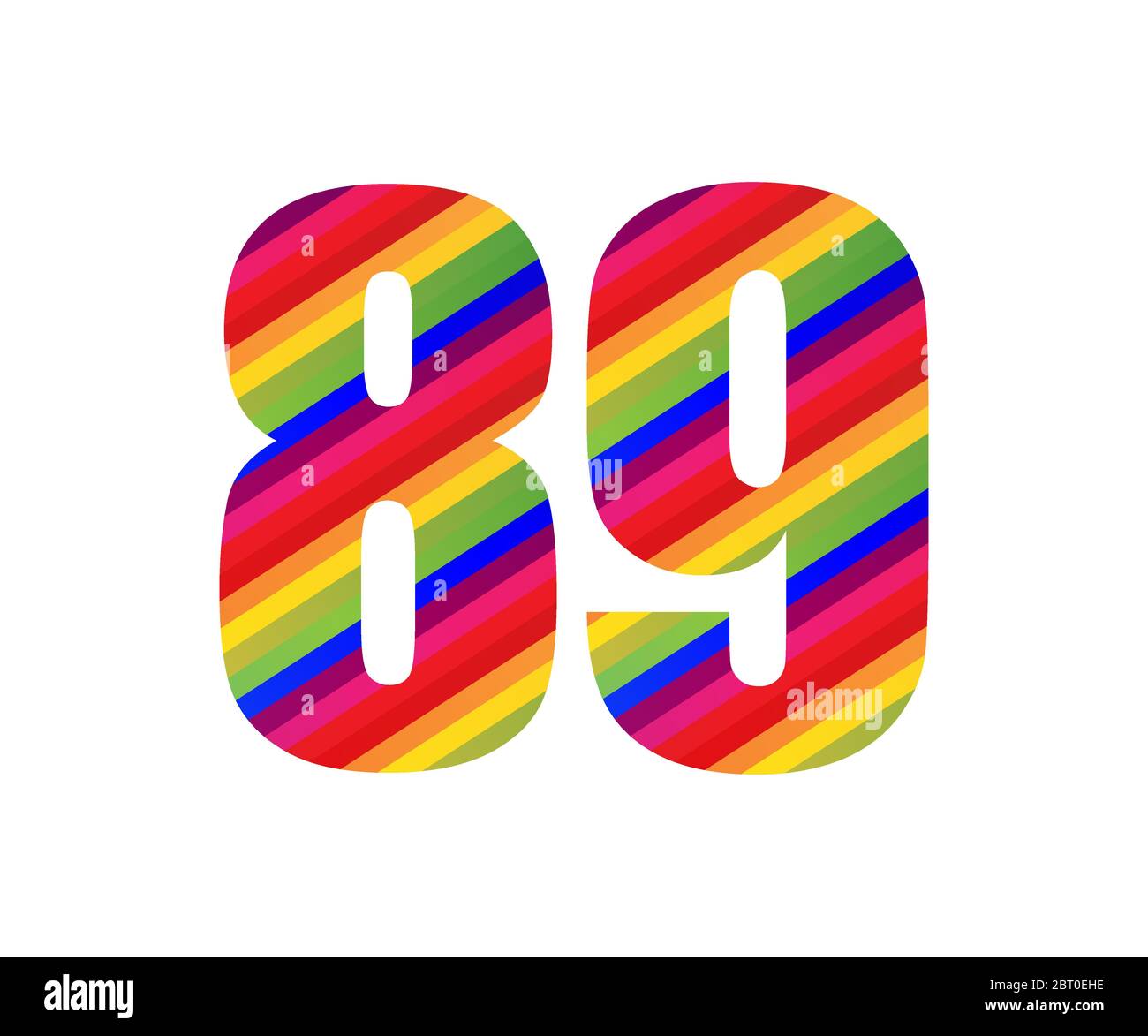
- 2.5L AMC I4 (150 cu in): A reliable, fuel-efficient (for a Jeep) four-cylinder engine, offering adequate power for light trails and city driving.
- 4.2L AMC I6 (258 cu in): A torquey inline-six, known for its low-end grunt, which is excellent for off-roading. However, this carbureted engine can be notoriously finicky, leading many owners to perform a "Nutter bypass" or even a full fuel injection (EFI) conversion for better reliability and performance.
- Transmission Options: Buyers could choose between a 5-speed manual transmission (AX-5 or AX-15 depending on the engine) or a 3-speed automatic.
- Simplicity and Customization: The YJ’s basic design makes it relatively easy to work on for the home mechanic. Its robust frame and ample aftermarket support mean endless possibilities for customization, from lift kits and larger tires to engine swaps and interior upgrades.
- Iconic Design: Removable doors, a fold-down windshield, and various soft top and hardtop configurations define the quintessential Jeep experience, offering unparalleled open-air motoring.
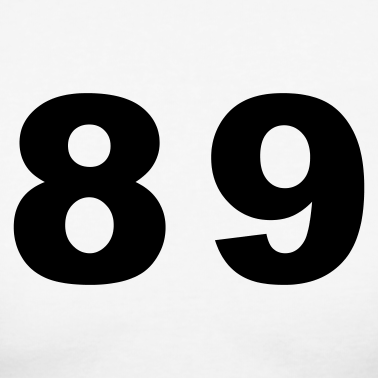
For many, the ’89 YJ embodies the "last of the true Jeeps" – a vehicle that prioritizes rugged utility and off-road prowess over creature comforts. This simplicity is its greatest strength, offering a pure, unadulterated connection to the road (or trail).

What to Look For When Buying an ’89 Jeep Wrangler
When you’re searching for an "89 Jeep Wrangler for sale," a thorough inspection is paramount. These vehicles are over three decades old, and their condition can vary wildly. Knowing what to prioritize can save you significant time, money, and headaches down the line.
Critical Inspection Points:
-
Rust, Rust, Rust: This is the absolute biggest enemy of the YJ.
- Frame: Inspect the frame rails, especially around the spring hangers, skid plates, and transmission cross member. Look for flaking, bubbling, or perforations. Pay close attention to where the steering box mounts.
- Body Tubs & Floor Pans: Check under the carpet and around the drain plugs. Rust often starts from the inside out due to water ingress.
- Fenders & Rocker Panels: These areas are prone to rust due to road spray and off-road impacts.
- Underneath the Doors: Water can collect here.
- Windshield Frame: Common rust spot.
- Actionable Tip: Bring a small magnet. If it doesn’t stick, it’s likely body filler covering rust.
-
Engine Condition:
- 4.2L (258ci) I6: Listen for knocking or excessive ticking. Check for oil leaks around the valve cover, oil pan, and rear main seal. Ask about carburetor issues (stalling, rough idle) and if any upgrades like an EFI conversion have been done. A well-tuned 4.2L is strong, but a neglected one can be a money pit.
- 2.5L (150ci) I4: Generally more reliable but less powerful. Check for similar oil leaks and overall running smoothness.
- Cooling System: Inspect radiator, hoses, and check for coolant leaks. Overheating can lead to major engine damage.
-
Transmission & Drivetrain:
- Manual Transmission: Check for smooth shifting through all gears, including reverse. Listen for grinding or difficulty engaging. The AX-15 (with the 4.2L) is generally robust; the AX-5 (with the 2.5L) is less so.
- Automatic Transmission: Check fluid color (should be red, not brown or black) and smell (shouldn’t smell burnt). Ensure smooth shifts.
- Transfer Case (NP231 or NP207): Test 2WD, 4-High, and 4-Low. Listen for grinding or clunking. Ensure the linkage engages properly.
- Axles & Driveshafts: Look for signs of leaks from differentials and check U-joints for play.
-
Suspension & Steering:
- Leaf Springs & Shackles: Look for broken leaves, worn bushings, or signs of extreme rust.
- Shocks: Check for leaks.
- Steering Linkage: Inspect tie rods, drag link, and ball joints for excessive play. A common issue is "death wobble," often caused by worn steering or suspension components.
- Lift Kits: If lifted, inquire about the quality of the components and the installation. Poorly installed lifts can cause handling issues.
-
Electrical System: While simpler, check all lights, gauges, wipers, and the heater/AC (if equipped). Wiring can degrade over time, leading to intermittent issues.
-
Documentation: Ask for maintenance records, proof of ownership, and a clean title. A vehicle history report (Carfax/AutoCheck) can reveal past accidents or title issues.
Pricing Your 1989 Jeep Wrangler: Factors Influencing Value
The price of an ’89 Jeep Wrangler for sale can fluctuate dramatically based on its condition, modifications, and location. Understanding these factors is key to both buying and selling.
Factors Influencing Price:
- Overall Condition: This is the primary driver. A rust-free, well-maintained, and running vehicle will command a premium over a rusty, non-running project.
- Engine Type: YJs with a properly functioning 4.0L EFI swap (from a later model Jeep) often fetch higher prices due to improved reliability and power. A well-tuned 4.2L can also be desirable, but a problematic carbureted 4.2L will depress value. The 2.5L is generally the lowest value engine option.
- Transmission: Manual transmissions are often preferred by enthusiasts for their engagement and off-road control, potentially increasing value.
- Mileage: Lower mileage can increase value, but condition is often more important for a vehicle of this age.
- Rust Presence: Any significant rust, especially on the frame, will severely diminish the value.
- Modifications: Quality modifications (e.g., professional lift, winch, upgraded axles, well-done interior) can add value. Poorly done or extreme modifications may detract from value or appeal to a smaller niche.
- Hardtop vs. Soft Top: A hardtop generally adds value due to its security and weather protection, especially if both are included.
- Location: Jeeps from dry, arid climates (Southwest US) typically have less rust and are thus more valuable than those from rust-belt regions.
- Rarity/Trim: While not as pronounced as with some other classics, specific trim packages like the Laredo, Islander, or Sahara in excellent condition might fetch a slightly higher price.
The Buying Process: Navigating the Market for a Vintage YJ
Finding the right ’89 Jeep Wrangler for sale requires patience and a strategic approach.
- Set Your Budget: Be realistic. Factor in not just the purchase price, but also potential immediate repairs, insurance, and ongoing maintenance. A general rule is to budget an additional 10-20% of the purchase price for initial fixes, even on a seemingly good vehicle.
- Where to Look:
- Online Marketplaces: Craigslist, Facebook Marketplace, eBay Motors are common starting points. Use specific search terms like "1989 Jeep Wrangler," "YJ," or "Jeep YJ."
- Specialty Forums & Groups: Jeep forums (e.g., JeepForum.com, WranglerForum.com) and dedicated Facebook groups for YJ owners often have classified sections where well-maintained vehicles are sold by enthusiasts.
- Auction Sites: Bring a Trailer, Cars & Bids occasionally feature well-preserved or restored YJs, often at higher price points.
- Local Classifieds/Word-of-Mouth: Don’t underestimate local newspapers or simply asking around at car shows or off-road events.
- Ask Detailed Questions: Before even seeing the Jeep, inquire about:
- Rust (where, how bad)
- Maintenance history (records available?)
- Engine and transmission condition
- Any known issues or leaks
- Reason for selling
- What’s included (hardtop, soft top, spare parts)
- Pre-Purchase Inspection (PPI): If you’re serious about a vehicle, especially one far away, arrange for a qualified, independent mechanic (preferably one familiar with older Jeeps) to perform a PPI. This objective assessment can uncover hidden problems and provide leverage for negotiation.
- Test Drive:
- Drive on varying surfaces (pavement, gravel if possible).
- Test 2WD, 4-High, and 4-Low engagement.
- Listen for unusual noises from the engine, transmission, differentials, and suspension.
- Check for straight tracking, proper braking, and responsive steering.
- Test all electrical components.
- Negotiation: Armed with your inspection findings, be prepared to negotiate. Highlight any identified issues as reasons for a lower price. Don’t be afraid to walk away if the price isn’t right or the vehicle has too many red flags.
- Title & Registration: Ensure the seller has a clear title in their name. Understand your local requirements for transferring ownership and registration for a vintage vehicle.
Owning and Maintaining an ’89 YJ: A Journey of Passion
Owning an ’89 YJ is more than just having a vehicle; it’s joining a lifestyle. While rewarding, it does come with its own set of considerations.
Benefits of Ownership:
- Simplicity: Easier to diagnose and repair than modern vehicles. Many repairs can be done by a DIY enthusiast.
- Strong Aftermarket Support: Parts are readily available, both OEM replacements and a vast array of aftermarket upgrades.
- Vibrant Community: A massive online and local community of YJ owners offers invaluable advice, camaraderie, and opportunities for group outings.
- Unmatched Open-Air Experience: Few vehicles offer the convertible, door-less, windshield-down freedom of a Wrangler.
- Off-Road Capability: Even stock, the YJ is incredibly capable off-road. With mild modifications, it can tackle challenging trails.
- Timeless Appeal: It’s a classic that will always turn heads and hold its value well if properly maintained.
Common Challenges & Solutions:
- Rust: Ongoing battle. Regular washing, rust-proofing treatments (e.g., fluid film), and addressing small spots early are crucial. Consider replacing heavily rusted body tubs or frame sections if severe.
- Carburetor Issues (4.2L): If the 4.2L is giving you trouble, research the "Nutter bypass" for a simplified wiring solution, or consider a full fuel injection conversion (e.g., from a 4.0L donor, or aftermarket kits like Howell or Affordable Fuel Injection) for dramatically improved reliability, cold starts, and performance.
- "Death Wobble": This violent shaking of the front end at speed is unsettling but usually fixable. It’s almost always caused by worn steering or suspension components (track bar, tie rods, ball joints, control arm bushings, steering box, wheel bearings). A thorough inspection and replacement of worn parts will resolve it.
- Parts Availability: While mechanical parts are generally easy to find, specific interior plastics or less common body panels might require more searching (junkyards, specialty online stores).
- Ride Comfort: The leaf spring suspension can be stiff. Upgrading to quality shocks, softer spring rates, or even a coil spring conversion can improve ride quality, but at a cost.
Owning an ’89 YJ is a commitment, but the rewards—the thrill of the open road, the joy of tackling a challenging trail, and the pride of driving a true icon—make it all worthwhile.
89 Jeep Wrangler For Sale: Estimated Price Table
The following table provides a general estimate for the price of an 1989 Jeep Wrangler, considering various factors. Prices can vary significantly based on specific market conditions, regional demand, and the seller’s urgency.
| Condition Category | Engine Type (Original/Swapped) | Transmission | Key Features/Notes | Estimated Price Range (USD) |
|---|---|---|---|---|
| Project / Parts | Any (often non-running) | Any | Heavy rust, major mechanical issues, incomplete. | $1,000 – $3,500 |
| Fair / Running Driver | 2.5L I4 / 4.2L I6 (carb) | Manual/Auto | Runs & drives, some rust, needs significant cosmetic/mechanical work. | $3,500 – $7,000 |
| Good / Solid Driver | 2.5L I4 / 4.2L I6 (carb/EFI converted) / 4.0L I6 (swapped) | Manual (preferred) / Auto | Minimal rust, well-maintained, functional 4×4, minor flaws. | $7,000 – $12,000 |
| Excellent / Restored | 4.2L I6 (EFI converted) / 4.0L I6 (swapped) | Manual (preferred) | Rust-free frame/body, strong engine, updated interior/exterior, quality modifications. | $12,000 – $25,000+ |
Note: Prices for exceptionally rare, low-mileage, or professionally restored examples can exceed $25,000.
Frequently Asked Questions (FAQ) about the 1989 Jeep Wrangler
Q1: Why do 1989 Jeep Wranglers have square headlights?
A1: The square headlights were a design choice by AMC (American Motors Corporation, then owner of Jeep) to modernize the Wrangler’s look and differentiate it from the older CJ series. While initially controversial, they are now a defining and beloved feature of the YJ generation.
Q2: Are 1989 Jeep Wranglers reliable for daily driving?
A2: With proper maintenance and potentially some common upgrades (like a fuel injection conversion for the 4.2L), an ’89 YJ can be a reliable daily driver. However, they lack modern safety features, comfort, and fuel efficiency. They are best suited for someone who enjoys a more raw driving experience and is prepared for occasional maintenance.
Q3: What’s the difference between the 2.5L and 4.2L engines in the ’89 YJ?
A3: The 2.5L is a four-cylinder engine, more fuel-efficient and simpler, offering adequate power. The 4.2L is a six-cylinder engine, providing more torque (better for off-roading) but often suffers from carburetor issues. Many 4.2L owners convert to fuel injection for improved performance and reliability.
Q4: What is "death wobble" and how do I fix it on a YJ?
A4: "Death wobble" is a violent, uncontrollable shaking of the front end, usually occurring at highway speeds after hitting a bump. It’s almost always caused by worn or loose steering and suspension components, such as the track bar, tie rods, ball joints, or steering box. Fixing it involves diagnosing and replacing the worn parts, often starting with the track bar and bushings.
Q5: Where can I find parts for an ’89 Jeep Wrangler?
A5: Mechanical parts are widely available from auto parts stores (NAPA, AutoZone, etc.), online retailers (Quadratec, Morris 4×4, Extreme Terrain), and specialty Jeep parts suppliers. Body panels and interior components might require searching junkyards, online forums, or dedicated YJ parts vendors.
Q6: Can I put a V8 engine in an ’89 YJ?
A6: Yes, V8 engine swaps are a popular modification for YJs. Kits are available to facilitate the swap, but it’s a complex and costly project that requires significant mechanical skill and often involves upgrading axles, transmissions, and cooling systems.
Conclusion
The search for an "89 Jeep Wrangler for sale" is more than just a quest for a vehicle; it’s an investment in a piece of automotive history and an entry into a passionate community. The 1989 YJ, with its unique square headlights and rugged simplicity, offers an unparalleled blend of open-air freedom, off-road capability, and customization potential.
While challenges like rust and carburetor issues (for the 4.2L) are common, the rewards of ownership—the sheer joy of driving, the ease of maintenance, and the strong aftermarket support—far outweigh them. By approaching the buying process with diligence, understanding the critical inspection points, and being prepared for the nuances of owning a vintage vehicle, you can find a fantastic ’89 YJ that will provide years of adventure and satisfaction. It’s not just a Jeep; it’s a lifestyle, a project, and a statement, all rolled into one iconic package.

